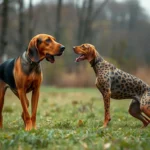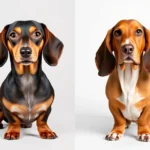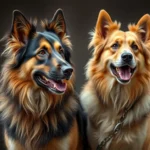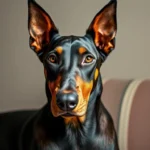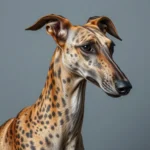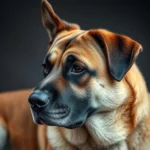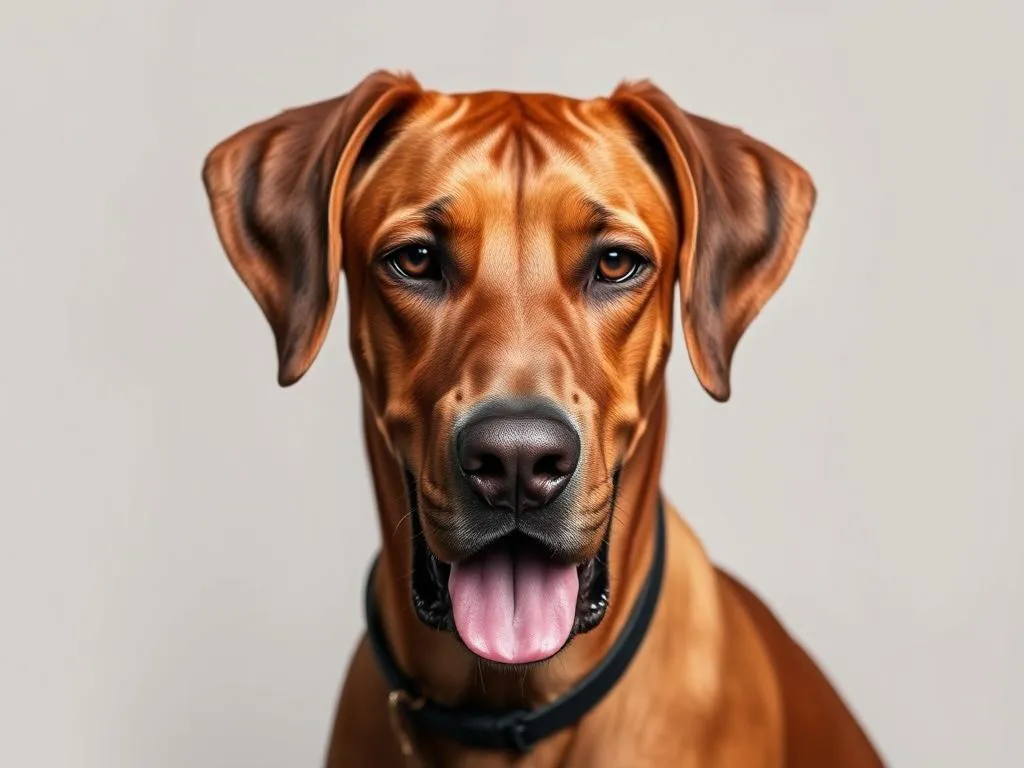
Introduction
When it comes to choosing a canine companion, understanding the unique characteristics of different dog breeds is crucial. Each breed has its own traits, including size, temperament, and coat type, which can significantly affect your living situation and lifestyle. One breed that often piques interest is the Rhodesian Ridgeback, known for its striking appearance and loyal nature. Today, we will focus on a particularly relevant topic for prospective Rhodesian Ridgeback owners: do Rhodesian Ridgebacks shed more than other dogs? Shedding can be a vital consideration for anyone thinking about bringing a dog into their home, especially for those with allergies or a preference for low-maintenance pets.
Understanding Dog Shedding
What is Shedding?
Shedding is the natural process by which dogs lose old or damaged hair, making way for new growth. This process occurs throughout the year and can vary significantly between breeds. Shedding is not just a cosmetic concern; it can also be indicative of a dog’s overall health. Regular shedding helps maintain a healthy coat and skin, allowing for the removal of dead hair and skin cells.
Factors Influencing Shedding
Several factors can influence how much a dog sheds:
-
Genetics: Different breeds have varying shedding tendencies. Some are bred for weather resistance, while others are designed for specific tasks, impacting their coat type and shedding patterns.
-
Health: A dog’s overall health plays a crucial role in shedding. Poor diet, allergies, or skin conditions can lead to excessive shedding.
-
Environment: Seasonal changes and climate can also affect shedding. Many dogs experience increased shedding in spring and fall, which corresponds with the natural growth cycles of their fur.
Overview of Rhodesian Ridgebacks
Breed Characteristics
The Rhodesian Ridgeback is a striking breed, known for its distinctive ridge of hair along the spine that grows in the opposite direction to the rest of the coat. These dogs are medium to large in size, typically weighing between 70 to 85 pounds. They possess a short, sleek coat that is typically wheaten in color, giving them a regal appearance. Temperamentally, Rhodesian Ridgebacks are known for being loyal, intelligent, and somewhat independent, making them excellent family pets and watchdogs. Originally bred in Africa to hunt lions, their strong instincts and agility make them unique among dog breeds.
Shedding Characteristics of Rhodesian Ridgebacks
When it comes to shedding, Rhodesian Ridgebacks are considered moderate shedders. They shed year-round, but you may notice more significant shedding during seasonal transitions, particularly in spring and fall. Their short coat does mean that while they shed, the volume of fur is generally manageable compared to longer-haired breeds.
The hair of a Rhodesian Ridgeback typically has a smooth texture, which can lessen the appearance of loose fur in your home. However, it is essential to be prepared for regular cleaning and grooming to keep shedding under control.
Shedding Comparison with Other Dog Breeds
Breeds That Shed Less
If you’re looking for breeds that shed minimally, consider the following:
-
Poodles: Available in standard, miniature, and toy sizes, Poodles have curly coats that trap loose hair, making them great for allergy sufferers.
-
Bichon Frise: Known for their fluffy coats, Bichon Frises shed very little and require regular grooming to maintain their appearance.
-
Shih Tzu: With their long, flowing coats, Shih Tzus shed minimally, but they do require consistent grooming to prevent matting.
These breeds often have hair rather than fur, which contributes to lower shedding levels. Their unique coat structures trap loose hair rather than allowing it to fall freely around the home.
Breeds That Shed More
On the other end of the spectrum, some breeds are known for their heavy shedding:
-
Siberian Huskies: With their thick double coats, Huskies shed heavily, particularly during seasonal changes.
-
German Shepherds: These dogs also have a double coat and are notorious for shedding year-round, with a significant increase during shedding seasons.
-
Labrador Retrievers: Labs are known for their friendly nature, but they are also heavy shedders, requiring regular grooming to manage their loose fur.
These breeds often have coats designed for insulation and protection, which contributes to their increased shedding.
Shedding: Rhodesian Ridgebacks vs. Other Breeds
So, how do Rhodesian Ridgebacks stack up against these breeds? When comparing do Rhodesian Ridgebacks shed more than other dogs, it’s clear that they fall somewhere in the middle. While they shed consistently throughout the year, they do not shed as heavily as breeds like Siberian Huskies or German Shepherds. However, they do shed more than low-shedding breeds like Poodles or Bichon Frises.
Owner experiences often reveal that while Rhodesian Ridgebacks may not be the lowest-shedding breed, their manageable coat makes them a popular choice for families who can commit to regular grooming and cleaning.
Managing Shedding in Rhodesian Ridgebacks
Grooming Practices
To effectively manage shedding in Rhodesian Ridgebacks, grooming is key. Here are some recommended practices:
-
Brushing: Use a rubber curry brush or a slicker brush to remove loose fur. Aim to brush your Rhodesian Ridgeback at least once a week, increasing to two or three times during heavy shedding seasons.
-
Bathing: Regular baths can help remove loose hair. Use a dog-specific shampoo to maintain skin health and coat shine.
-
Tools: Invest in a good vacuum cleaner specifically designed for pet hair to help keep your home clean.
Health and Nutrition
A healthy diet plays a vital role in managing shedding. Ensure your Rhodesian Ridgeback receives a balanced diet rich in omega fatty acids, which are known to promote a healthy coat. High-quality dog food can improve skin health and reduce excessive shedding. Additionally, consider supplements like fish oil, which may help enhance coat quality.
Environmental Control
Controlling shedding in the home can also involve environmental strategies:
-
Regular Cleaning: Frequent vacuuming and dusting can keep pet hair at bay.
-
Air Purifiers: Using air purifiers can help reduce allergens and pet dander in your home.
-
Seasonal Care: Pay attention to seasonal changes that might affect shedding patterns. During heavy shedding times, increase grooming frequency and adjust your cleaning routine accordingly.
FAQs About Rhodesian Ridgebacks and Shedding
Do Rhodesian Ridgebacks Shed All Year Long?
Yes, Rhodesian Ridgebacks do shed year-round; however, they may experience heightened shedding during spring and fall as they transition between their winter and summer coats.
How Can I Reduce Shedding in My Rhodesian Ridgeback?
To reduce shedding, maintain a consistent grooming schedule, ensure a balanced diet, and keep your home clean. Regular baths and proper nutrition can significantly impact shedding.
Are Rhodesian Ridgebacks Hypoallergenic?
No, Rhodesian Ridgebacks are not considered hypoallergenic. While they do shed less than some breeds, they still produce dander and hair that can trigger allergies. If allergies are a concern, it may be wise to consider low-shedding breeds.
Conclusion
In summary, understanding do Rhodesian Ridgebacks shed more than other dogs can help potential owners make informed decisions. While Rhodesian Ridgebacks are moderate shedders, their grooming and care needs are manageable for many families. By employing good grooming practices, ensuring proper nutrition, and maintaining a clean environment, you can minimize the impact of shedding in your home. Always consider shedding along with other important factors when choosing a dog breed that fits your lifestyle. Researching and understanding all aspects of dog ownership can lead to a more harmonious life with your furry friend.
